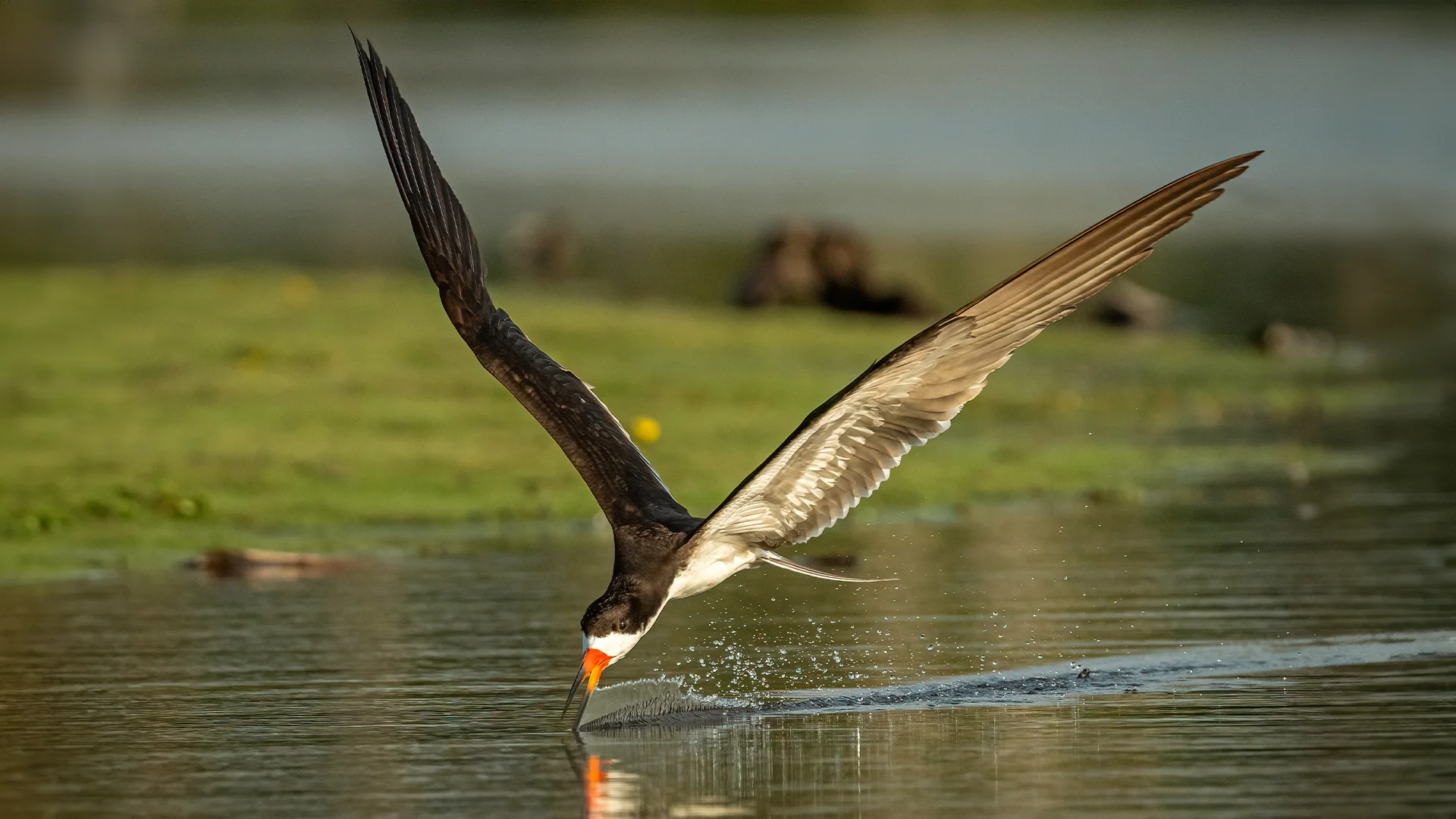ORINOQUÍA
KEEPING NATURE TOURS
REGIÓN ORINOQUÍA
Entre la Sabana y atardeceres de fuego
Conocer la Orinoquía de Colombia es adentrarse en un mundo único para los amantes de la fotografía de naturaleza. La fauna local se despliega libremente, ofreciendo innumerables oportunidades para capturar imágenes impresionantes.
Los hatos del Casanare son escenarios sorprendentes, con amaneceres dorados que revelan la actividad de mamíferos y aves de laguna de gran tamaño. Durante esta experiencia, la asesoría de fotógrafos especializados te permitirá capturar imágenes de fauna en acción y aves en vuelo, amaneceres y atardeceres
Los atardeceres llaneros son igualmente cautivadores, con cielos naranjas reflejados en lagunas, seguidos de noches estrelladas en el clima seco.
Además, los corredores biológicos te llevan a zonas más salvajes, donde se pueden observar especies tanto de la Orinoquía como de la Amazonía, brindando una experiencia única para amantes de aves, serpientes y reptiles.
La fotografía nos apasiona enormemente, trabajaremos en conjunto para ayudarte a capturar momentos memorables. Si buscas una aventura en la naturaleza y contribuir a la conservación de especies únicas, te esperamos en nuestra próxima expedición por la Orinoquía.
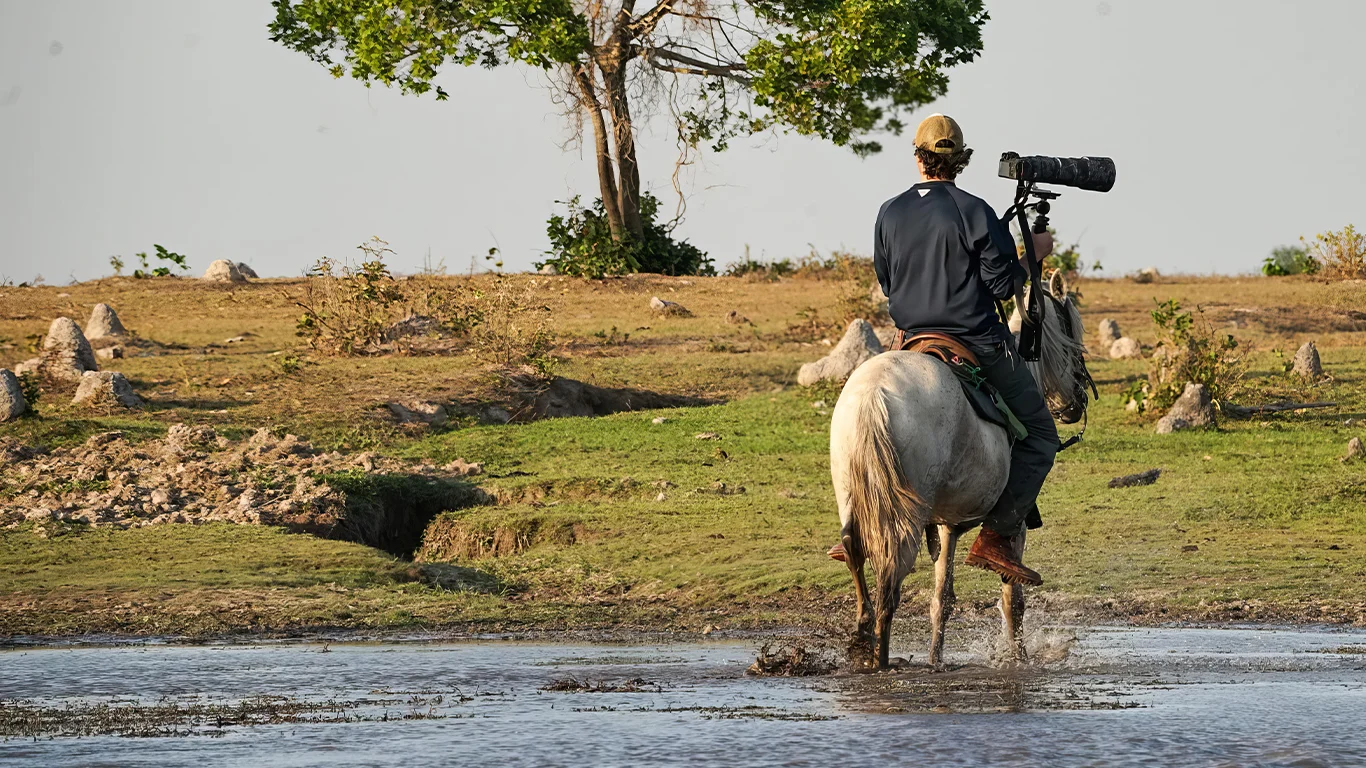







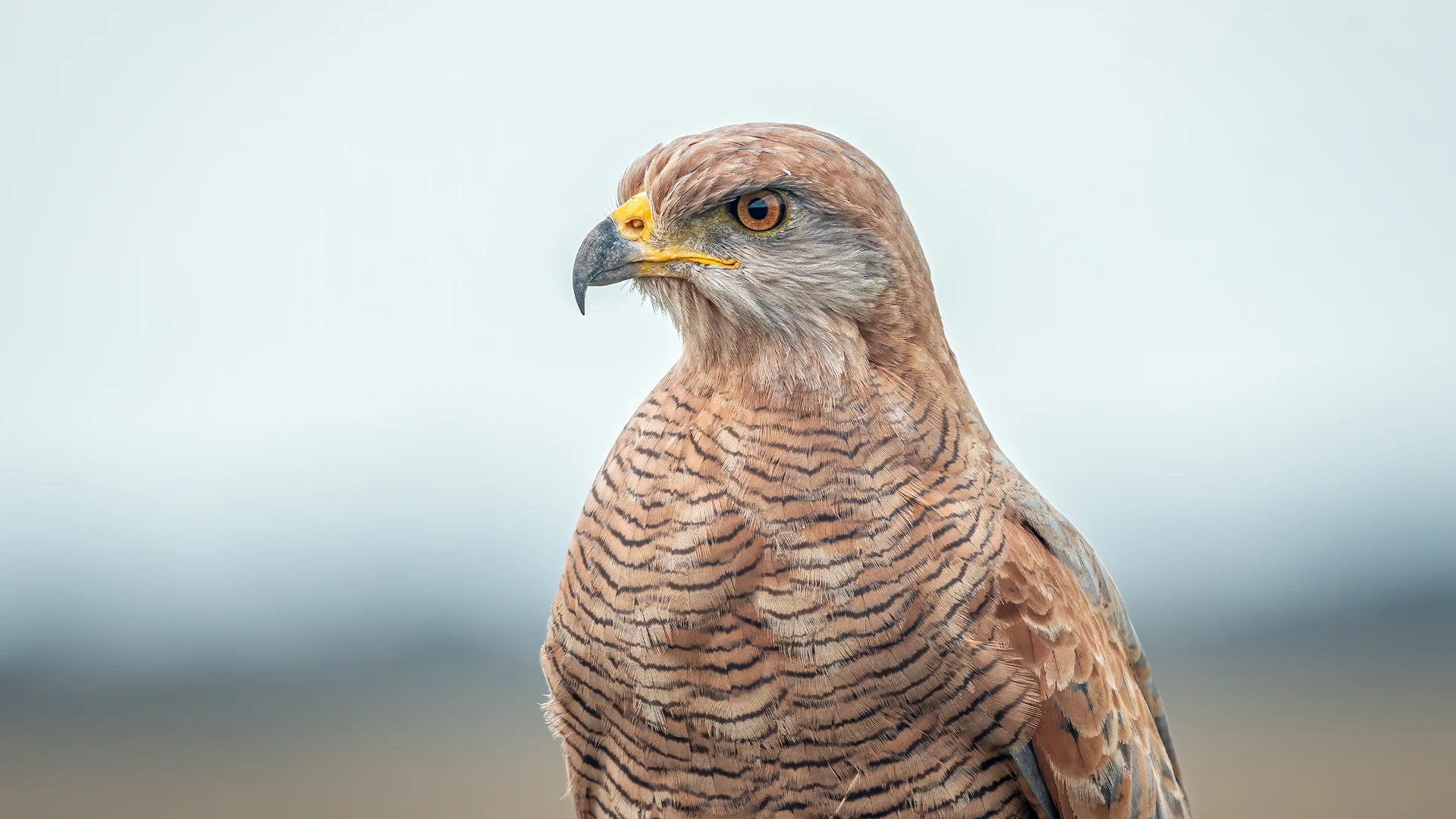

















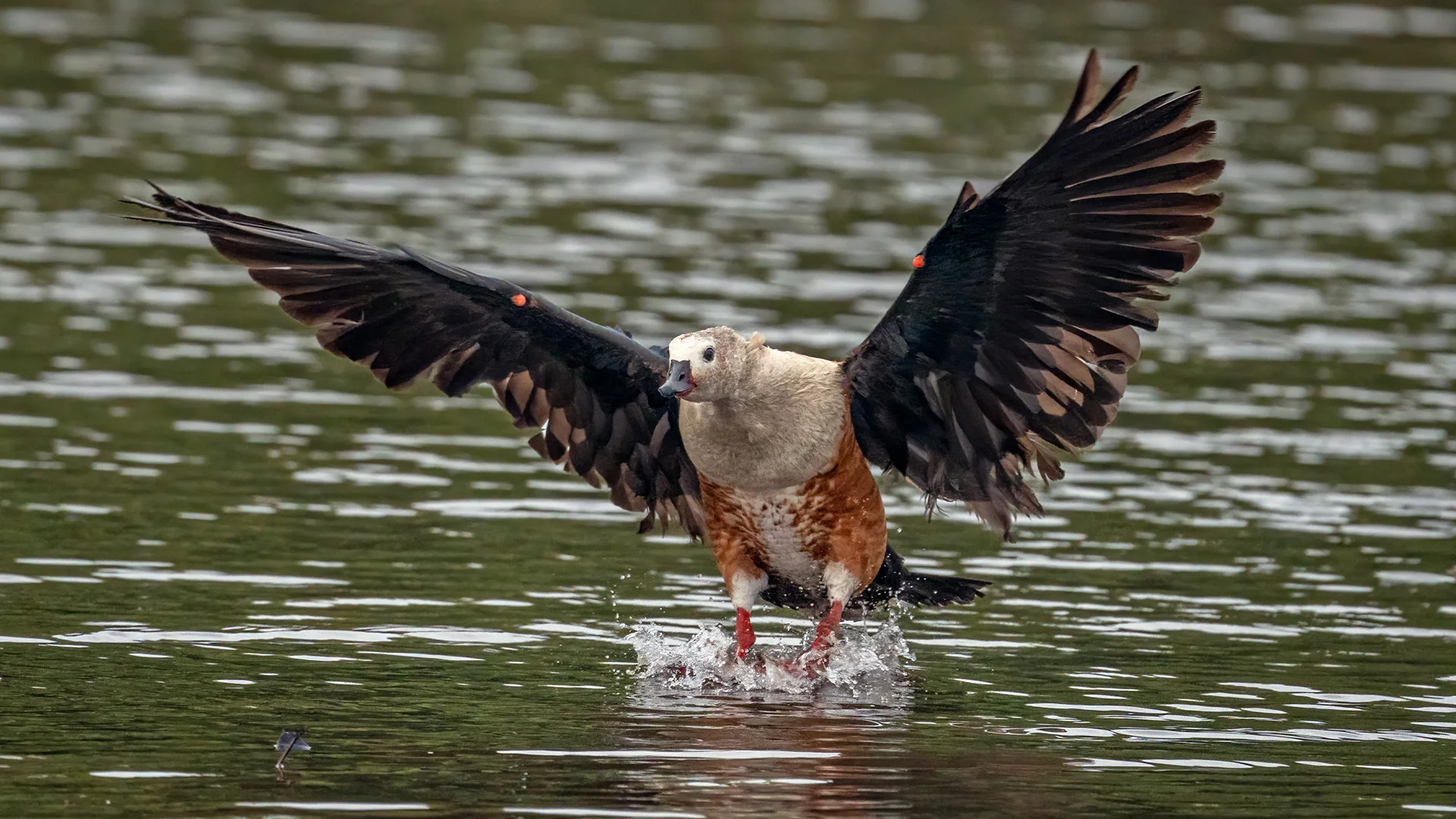

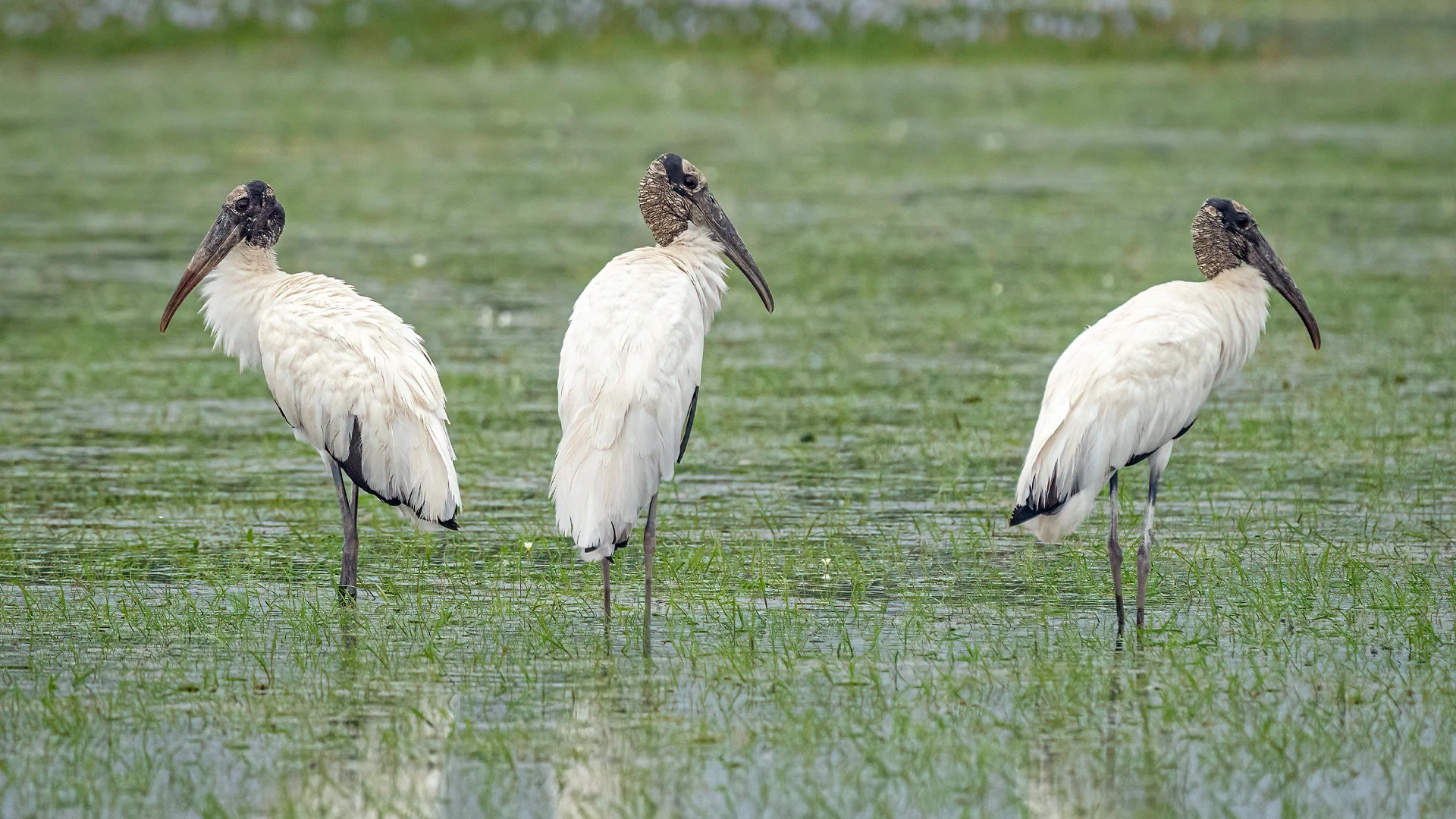







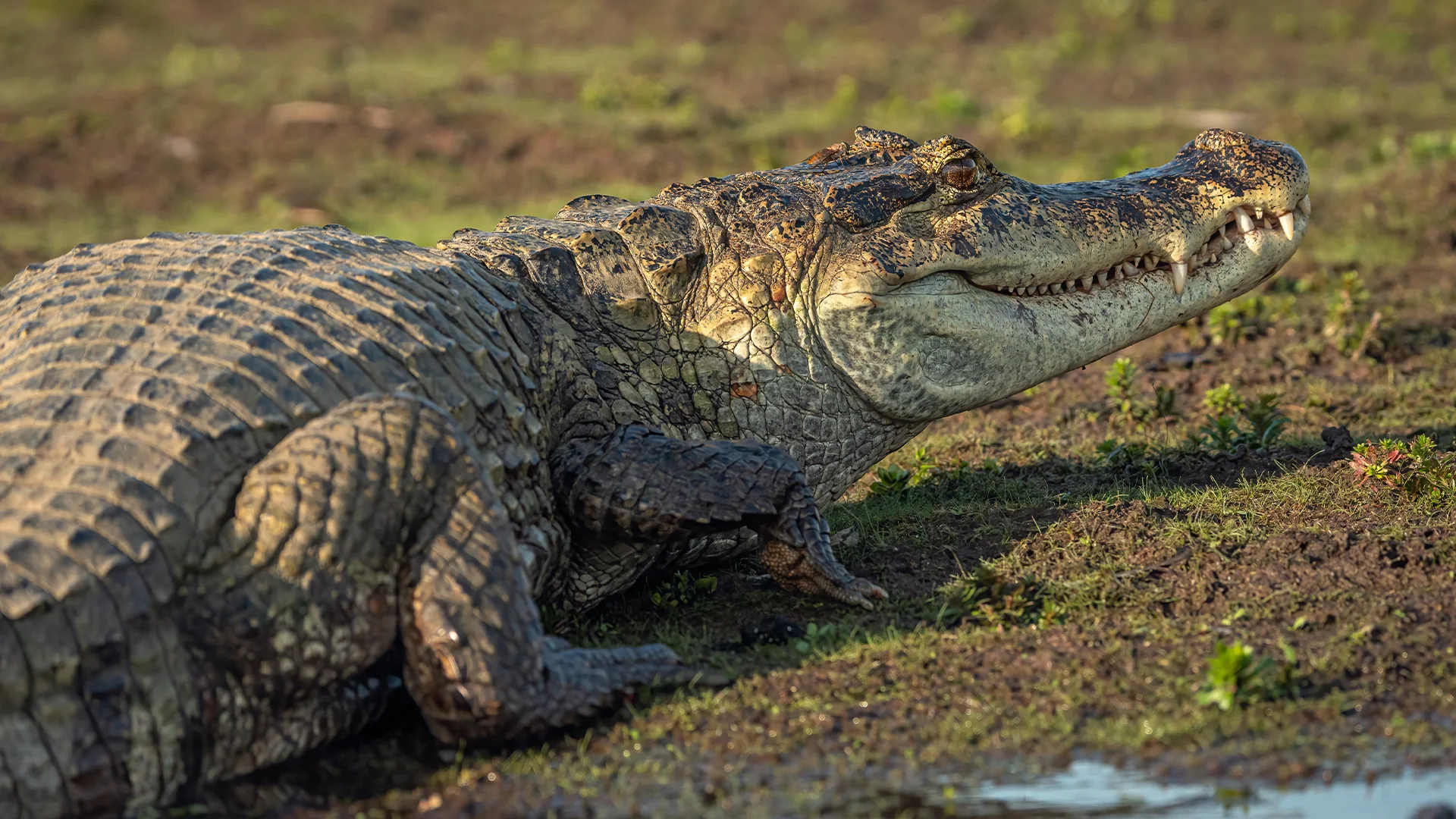









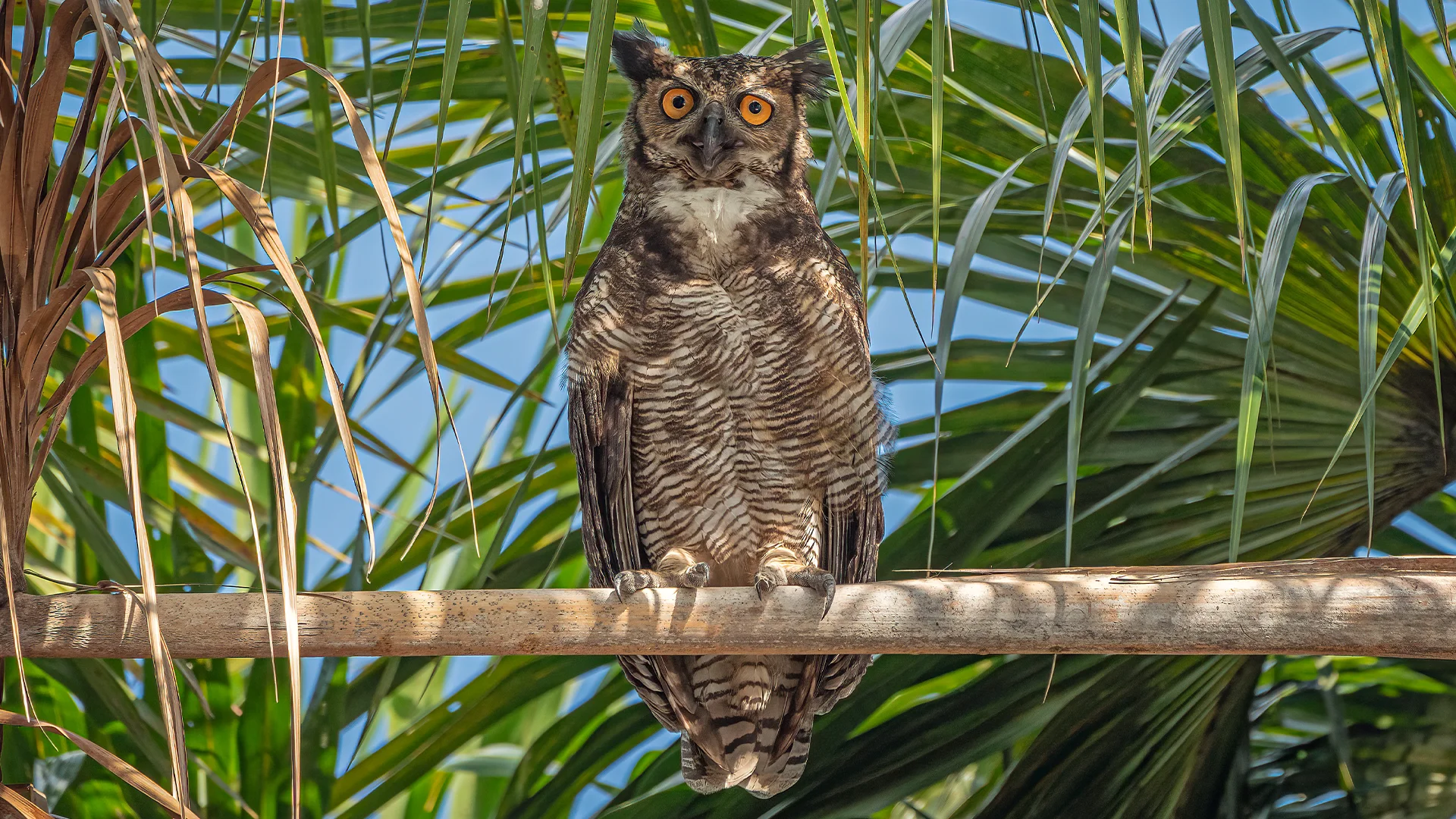

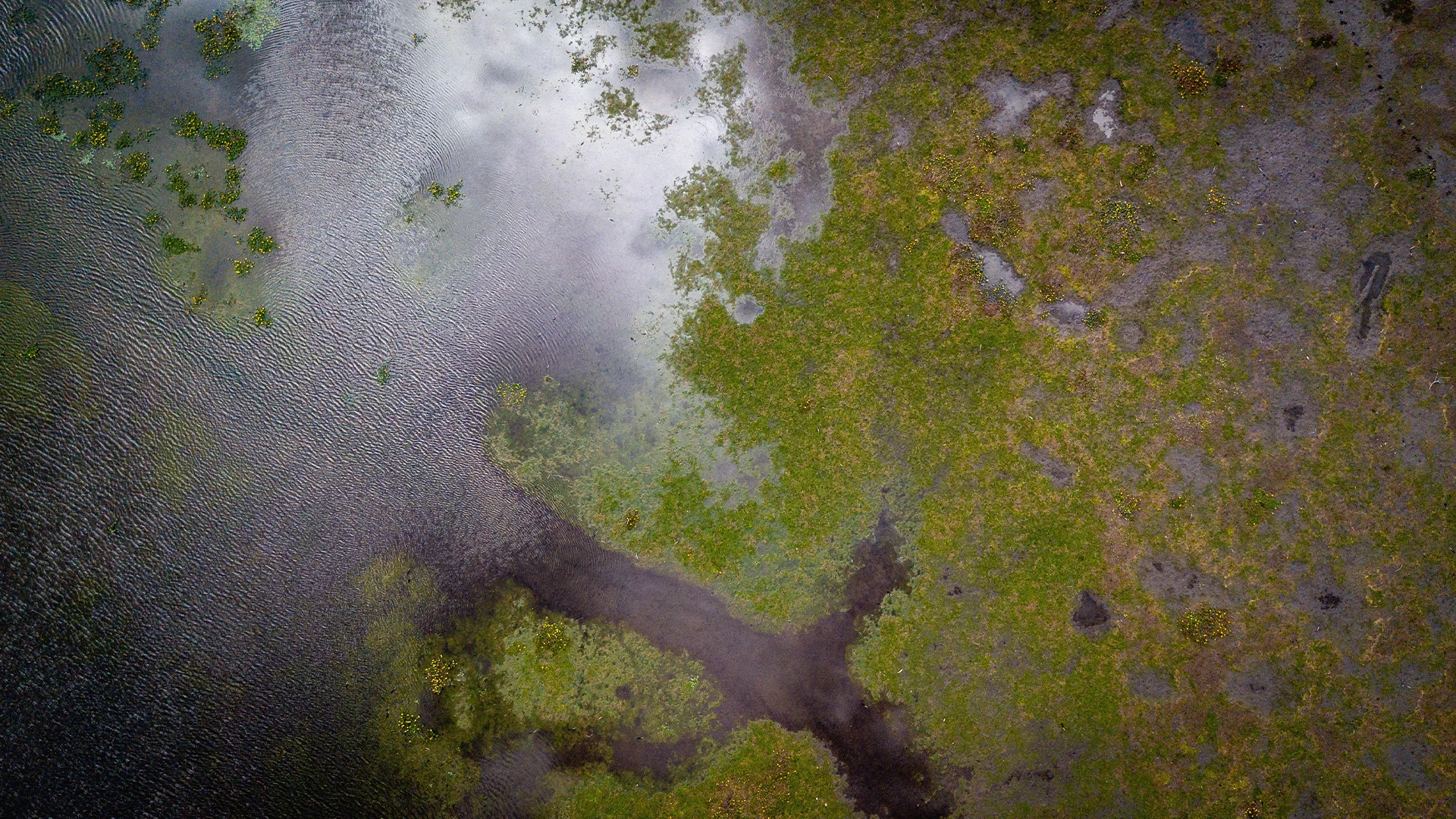

Fotografías realizadas por nuestros fotógrafos, alumnos y asistentes a tours fotográficos.
EXPLORA NUESTROS TOURS DISPONIBLES
Datos Curiosos de la Región Orinoquía


La Orinoquía es una de las 6 regiones naturales de Colombia, ubicada al oriente del país con 4 departamentos, Arauca, Casanare, Meta, Vichada y norte del Guaviare, siendo el norte Guaviare una transición hacia el ecosistema de la Amazonía.
Muchos de los empresarios ganaderos han optado por disminuir la actividad ganadera para conservar los ecosistemas y abrir las puertas al turismo sostenible, logrando una recuperación constante de la sabana afectada por la ganadería y la caza furtiva.
Los llaneros habitan culturalmente la región, amables y alegres donde a través del Joropo cuentan su pasado, sus creencias y sus amores, son las personas que nos van a acoger durante las expediciones fotográficas por la Orinoquía.
Fauna y flora de la región.
La Orinoquía colombiana, una vasta extensión de llanuras y ríos, alberga una rica biodiversidad. Su flora se caracteriza por árboles como el arauca con flores amarillas, la palma caracoli y la sarrapia, que proporciona aceite y chocolate.
La fauna es igualmente impresionante, con el jaguar como depredador estrella, el caimán llanero como habitante de los cursos de agua, el puma acechando entre la vegetación y el delfín de río nadando en los ríos.
Además, se encuentran la cotorra cabeciamarilla, la tortuga arrau y una variada vida acuática. En este frágil equilibrio, se manifiesta la interconexión entre depredadores y presas en el vasto paisaje de la Orinoquía.
Cultura y Gastronomía
La cultura de la Orinoquía colombiana es una fusión de influencias indígenas y mestizas. La música llanera, con sus joropos y arpas, es una parte esencial de la vida cotidiana, mientras que las danzas como el joropo son una expresión artística destacada. El rodeo, con sus espectáculos de destrezas gauchas, es una tradición arraigada.
La gastronomía resalta ingredientes locales, como el pescado de río y la carne de res, que se preparan en suculentos platos como el “mamona” y “cachama asada”. La arepa llanera es un acompañamiento común. Además, las bebidas tradicionales incluyen el aguardiente, la chicha y la “mazamorra” de maíz. La Orinoquía ofrece una rica mezcla de cultura y sabores únicos.
Especies Destacadas
- Rynchops niger (Black skimmer).
- Eudocimus ruber (Scarlet Ibis).
- Odocoileus virginianus (White-tailed deer)
- Busarellus nigricollis (Black-collared Hawk).
- Jabiru mycteria (Jabiru).
- Neochen jubata (Orinoco Goose).
- Amazonetta brasiliensis (Brazilian Teal).
- Anhima cornuta (Horned Screamer).
- Himantopus mexicanus (Black-necked Stilt).
- Platalea ajaja (Roseate Spoonbill).
- Phaetusa simplex (Large-billed Tern).
- Buteogallus meridionalis (Savanna Hawk).
- Athene cunicularia (Burrowing Owl).
- Hydrochoerus hydrochaeris (Capibara).
- Myrmecophaga tridactyla (Giant Ant-eater).
- Tamandua mexicana (Tamandua).
- Caiman crocodilus (Spectacled caiman).
Biodiversidad
La Orinoquía colombiana, una vasta región de llanuras y ríos, es un tesoro de diversidad natural. Su paisaje diverso alberga una amplia gama de especies animales y vegetales. Desde majestuosos jaguares, felinos que dominan las tierras, hasta caimanes que surcan sus aguas, la fauna se adapta a su entorno de ríos y sabanas.
Mientras tanto, la flora muestra la resplandeciente belleza del arauca amarillo, la imponente palma caracoli y la sarrapia, fuente de aceite y chocolate. Esta variedad de vida, enriquecida por el ritmo del joropo y la cultura llanera, es un recordatorio de la necesidad de conservar esta región única para las futuras generaciones.



